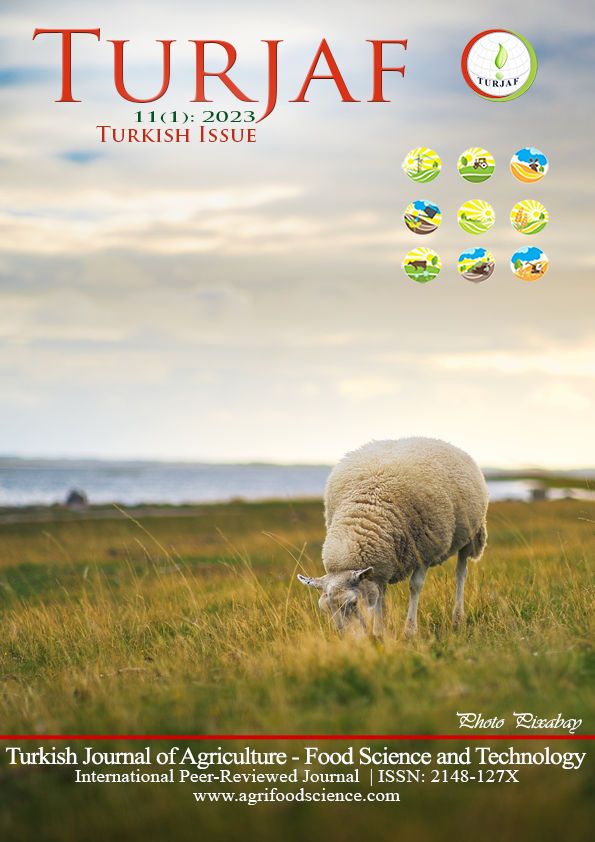The Effect of Selection by Body Weight on Egg Production Traits and Hatching Traits in Different Genotypic Breeding Japanese Quails
DOI:
https://doi.org/10.24925/turjaf.v11i1.10-17.5291Keywords:
Egg weight, Hatchability, Fertility rate, 50% Sexual maturity weight, Japanese QuailsAbstract
This research was planned to determine egg production characteristics and hatchability in different genotypic breeder Japanese quails. Two genotypes, one commercial (T) and one Japanese quail (CU) reared in Çukurova University, were used in the research. 500 chicks were obtained from both genotypes at the end of hatching. After the quails obtained were grown for 5 weeks, selection was made according to live weight. Thus, 6 different experimental groups, 2 control (TK, CUK), 2 selection (TS, CUS) and 2 hybrids (TM, CUM) were formed in the trial. 72 breeding quails were selected from each experimental group and a total of 432 animals were used. According to the findings obtained from the study, it was found that the highest egg yield was 79.13% in the commercial selection group, and the lowest was 69.38% in the Çukurova University crossbred group during the 14-week average egg yield in breeders. In terms of egg weight, the differences observed between the treatment groups at 3, 4 and 5 weeks were found to be significant. In addition, it was observed that the commercial control group provided higher values compared to the other groups in terms of hatchability. It was found that 5% and 50% sexual maturity weights were observed in the CUS group as 323.62 g and 347.50 g, respectively, and the difference between the groups was significant. As a result, it can be said that commercial groups and hybrids are superior in terms of egg production and hatchability.Downloads
Published
31.01.2023
How to Cite
Batkı, İsmail C., Baylan, M., & Kurşun, K. (2023). The Effect of Selection by Body Weight on Egg Production Traits and Hatching Traits in Different Genotypic Breeding Japanese Quails. Turkish Journal of Agriculture - Food Science and Technology, 11(1), 10–17. https://doi.org/10.24925/turjaf.v11i1.10-17.5291
Issue
Section
Research Paper
License
This work is licensed under a Creative Commons Attribution-NonCommercial 4.0 International License.









